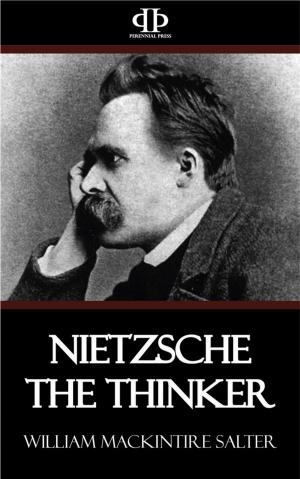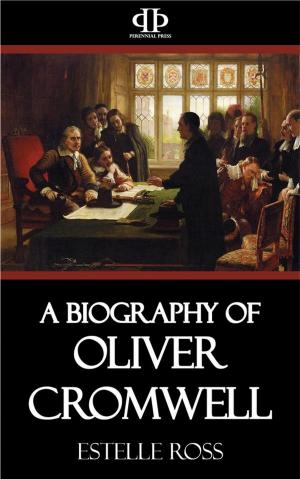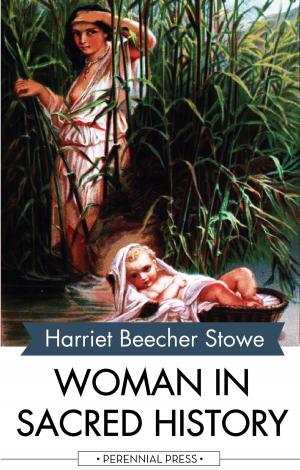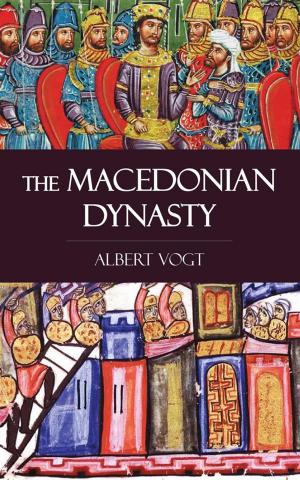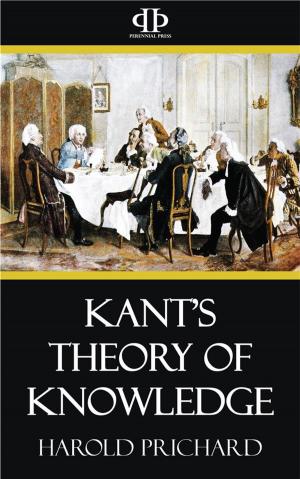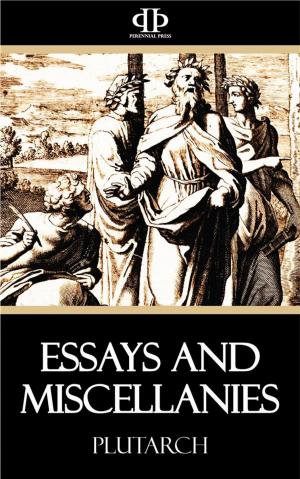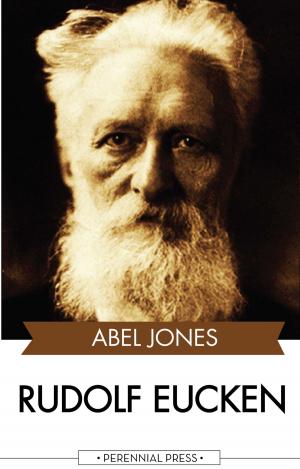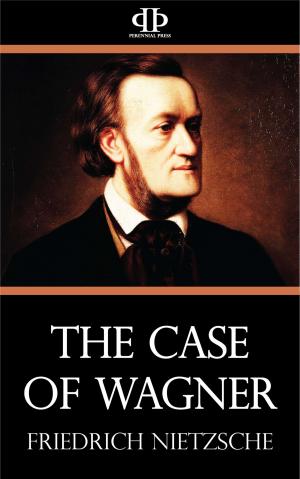| Author: | William Coxe | ISBN: | 9781518364075 |
| Publisher: | Perennial Press | Publication: | January 8, 2016 |
| Imprint: | Language: | English |
| Author: | William Coxe |
| ISBN: | 9781518364075 |
| Publisher: | Perennial Press |
| Publication: | January 8, 2016 |
| Imprint: | |
| Language: | English |
The House of Austria owes its origin and power to Rudolf of Habsburg, son of Albert IV Count of Habsburg. The Austrian genealogists, who have taken indefatigable but ineffectual pains to trace his illustrious descent from the Romans, carry it with great probability to Ethico, duke of Alsace, in the seventh century, and unquestionably to Gun tram the Rich, count of Alsace and Brisgau, who flourished in the tenth.
In the confused accounts of the times, and amidst the perpetual changes of property and dignities, it is difficult to trace with accuracy the titles and possessions of the immediate descendants of Guntram. His son Kanzeline seems to have been designated as count of Altenburgh, and to have resided in the midst of his domains, not far from Windisch, the site of the Roman colony Vindonissa. Radebot, a son of Kanzeline, was called count of Cleggow, and married Ida, daughter of Gerard, third count of Alsace, and duke of Loraine. Another son, Werner, became bishop of Strasburg, and on an eminence above Windisch, built the castle of Habsburg, which became the residence of the future counts, and gave a new title to the descendants of Guntram. Otho, the eldest son of Radebot, dying in 1046 without issue, Werner, the second son, is first distinguished in ancient records as count of Habsburg.
The successors of Werner increased their family inheritance by marriages, donations from the emperors, and by becoming prefects, advocates, or administrators of the neighboring abbeys, towns, or districts, and his great grandson Albert III was possessor of no inconsiderable territories in Swabia, Alsace, and that part of Switzerland which is now called the Argau, and held the landgraviate of Upper Alsace.
His son, Rudolf, received from the emperor, in addition to his paternal inheritance, the town and district of Lauffenburgh, an imperial city on the Rhine. He acquired also a considerable accession of territory by obtaining the advocacy of Uri, Schweitz, and Underwalden, whose natives laid the foundation of the Helvetic Confederacy, by their union against the oppressions of feudal tyranny. A dispute arising between the natives ofSchweitz and the abbot of Einsidlin, concerning the property of some Alpine forests and pastures, these sturdy mountaineers renewed their confederacy with Uri and Underwalden, resisted the mandates of the Emperor Henry V, who put them under the ban of the empire, and despised the excommunications of the Bishop of Constance. They chose for their prefect Count Ulric of Lentzburgh, who succeeded in reconciling them with the Emperor Frederic I, the founder of a new dynasty in the House of Swabia; and the Swiss warriors, flocking to the Imperial standard, performed essential services in the wars which he and his successors maintained against the popes and the adherents of the Roman See...
The House of Austria owes its origin and power to Rudolf of Habsburg, son of Albert IV Count of Habsburg. The Austrian genealogists, who have taken indefatigable but ineffectual pains to trace his illustrious descent from the Romans, carry it with great probability to Ethico, duke of Alsace, in the seventh century, and unquestionably to Gun tram the Rich, count of Alsace and Brisgau, who flourished in the tenth.
In the confused accounts of the times, and amidst the perpetual changes of property and dignities, it is difficult to trace with accuracy the titles and possessions of the immediate descendants of Guntram. His son Kanzeline seems to have been designated as count of Altenburgh, and to have resided in the midst of his domains, not far from Windisch, the site of the Roman colony Vindonissa. Radebot, a son of Kanzeline, was called count of Cleggow, and married Ida, daughter of Gerard, third count of Alsace, and duke of Loraine. Another son, Werner, became bishop of Strasburg, and on an eminence above Windisch, built the castle of Habsburg, which became the residence of the future counts, and gave a new title to the descendants of Guntram. Otho, the eldest son of Radebot, dying in 1046 without issue, Werner, the second son, is first distinguished in ancient records as count of Habsburg.
The successors of Werner increased their family inheritance by marriages, donations from the emperors, and by becoming prefects, advocates, or administrators of the neighboring abbeys, towns, or districts, and his great grandson Albert III was possessor of no inconsiderable territories in Swabia, Alsace, and that part of Switzerland which is now called the Argau, and held the landgraviate of Upper Alsace.
His son, Rudolf, received from the emperor, in addition to his paternal inheritance, the town and district of Lauffenburgh, an imperial city on the Rhine. He acquired also a considerable accession of territory by obtaining the advocacy of Uri, Schweitz, and Underwalden, whose natives laid the foundation of the Helvetic Confederacy, by their union against the oppressions of feudal tyranny. A dispute arising between the natives ofSchweitz and the abbot of Einsidlin, concerning the property of some Alpine forests and pastures, these sturdy mountaineers renewed their confederacy with Uri and Underwalden, resisted the mandates of the Emperor Henry V, who put them under the ban of the empire, and despised the excommunications of the Bishop of Constance. They chose for their prefect Count Ulric of Lentzburgh, who succeeded in reconciling them with the Emperor Frederic I, the founder of a new dynasty in the House of Swabia; and the Swiss warriors, flocking to the Imperial standard, performed essential services in the wars which he and his successors maintained against the popes and the adherents of the Roman See...


